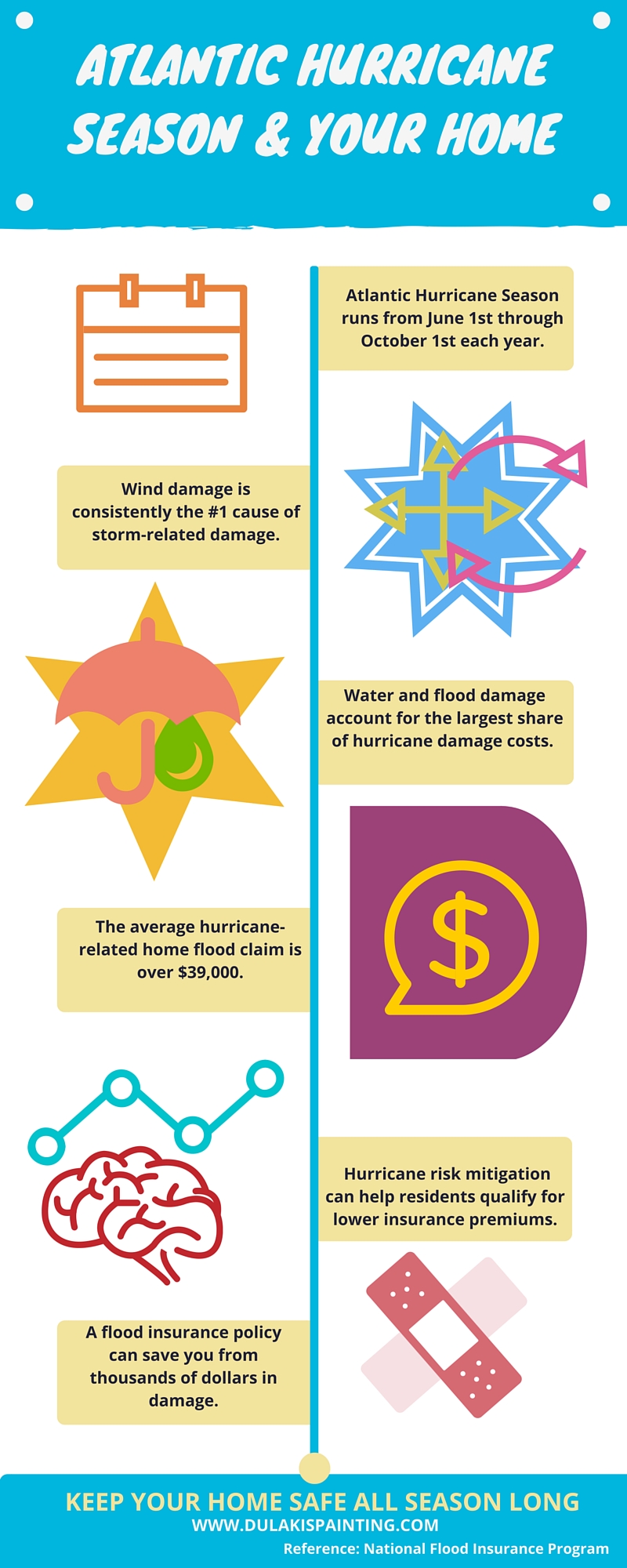Essential Seasonal Aspects Of Commercial Outside Painting: What You Need To Understand
Essential Seasonal Aspects Of Commercial Outside Painting: What You Need To Understand
Blog Article
Article By-Fox Urquhart
When you're planning a commercial exterior paint task, seasonal variables can make or break your results. You'll intend to think about just how temperature level and moisture impact paint application and drying times. Selecting the best season can guarantee your paint adheres properly and lasts much longer. Yet which seasons are really the best for this type of work? Allow's discover the crucial elements that can impact your job's success.
The Impact of Temperature Level on Paint Application
When you're preparing a commercial external painting task, the temperature can dramatically impact just how well the paint sticks and dries.
Preferably, you wish to paint when temperatures vary in between 50 ° F and 85 ° F. If it's as well chilly, the paint might not treat properly, causing issues like peeling off or cracking.
On residential house painters , if it's as well warm, the paint can dry out as well quickly, stopping appropriate bond and causing an irregular coating.
You must additionally consider the moment of day; morning or late afternoon uses cooler temperature levels, which can be a lot more desirable.
Constantly inspect the maker's suggestions for the particular paint you're using, as they usually provide support on the perfect temperature range for optimum outcomes.
Humidity and Its Impact on Drying Times
Temperature isn't the only ecological element that influences your business external paint project; humidity plays a considerable role as well. High humidity levels can decrease drying times considerably, affecting the overall high quality of your paint job.
When the air is saturated with moisture, the paint takes longer to treat, which can lead to concerns like inadequate adhesion and a higher threat of mildew development. If you're painting on an especially damp day, be prepared for extensive delay times between coats.
find more to keep an eye on neighborhood climate condition and plan appropriately. Ideally, go for moisture degrees between 40% and 70% for ideal drying out.
Keeping these factors in mind ensures your job remains on track and supplies an enduring surface.
Best Seasons for Commercial Exterior Paint Projects
What's the most effective time of year for your industrial external paint projects?
Springtime and early loss are normally your best choices. During these seasons, temperature levels are moderate, and moisture degrees are typically lower, creating ideal problems for paint application and drying.
Avoid summertime's intense heat, which can trigger paint to dry too promptly, leading to poor bond and surface. Likewise, wintertime's cool temperatures can prevent proper drying and curing, taking the chance of the durability of your paint job.
Go for days with temperatures in between 50 ° F and 85 ° F for optimal outcomes. residential painting hobart in mind to examine the local weather report for rainfall, as damp problems can destroy your project.
Planning around these elements guarantees your painting job runs efficiently and lasts longer.
Verdict
To conclude, planning your business exterior painting tasks around seasonal factors to consider can make a considerable difference in the outcome. By organizing work throughout the perfect temperature levels and moisture levels, you'll make certain far better attachment and drying out times. Keep in mind to watch on neighborhood weather prediction and select the correct time of year-- springtime and early autumn are your best bets. Taking these actions will certainly aid you attain a long lasting and professional finish that lasts.
